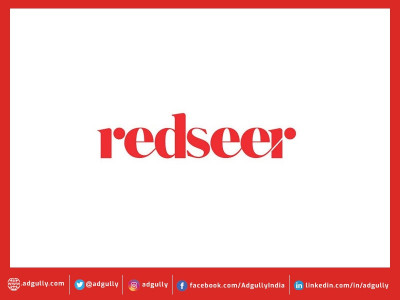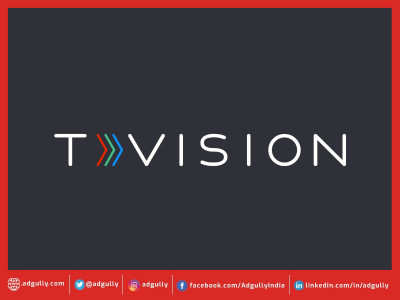Strategy refresh, realignment of portfolio, adapting ops way forward for M&E: EY
The Media & Entertainment sector is facing unprecedented challenges from the spread of COVID-19. Rapid changes in consumer behaviour and consumption, stoppages in content production, cancellation of live events and sports, and cuts in advertising spend, are impacting companies across the ecosystem. Media agencies, many of which were grappling with operational volatility, are struggling to maintain media spend as marketers manage risks and reduce spend rapidly. Publishers and media companies are benefitting from some marketers seeing the opportunity but face advertising revenue losses. Film and TV producers are under pressure to mitigate impact from delayed release schedules, theatre closures, and production stoppages.
Companies are currently focused on enterprise resiliency and triaging revenue, but will likely need to turn to rapid cost reduction as business models settle into new norms as business models are not on solid foundation. Bright spots across the industry include digital pure-plays (such as video gaming) and other virtualised production capabilities.
Impact & Action
According to the report, while demand for knowledge and entertainment has increased, ad revenues and content production have been impacted. Accelerated consumer shift to digital journeys has resulted in enhancements in technology and infrastructure to support digital journeys, including streaming and commerce. Companies are also ensuring that digital sales and service models are as effective as traditional journeys. There are many who are considering moving content distribution intended to physical venues to digital channels.
Social distancing and stay at home policies have resulted in rapid transition to virtualised working environments. This has seen companies leveraging collaborative software to maintain productivity and connection with vendors and clients (for example, Microsoft Teams). Moreover, efforts around self service and inside/ virtualised sales are also being accelerated. There is also growing need to develop models for virtualised customer service rapidly, including potential for augmented reality.
At the same time, pressures on the economy are forcing marketers to cut ad spends and demand agile response times. There are accelerated efforts around ad ops and creative production support to enhance responsiveness to marketer needs. There is also increasing need to proactively conduct brand sentiment analysis and consumer research to offer stronger insights. The M&E industry needs to consider incentives or package bundles to maintain or motivate ad spends, including entertainment or escapism content.
The COVID-19 pandemic has led to disruption or cancellation of content production and launch. Therefore, the report states that the M&E industry needs to revisit programming schedules to extract value out of back catalogue; accelerate releases to enhance consumer engagement; and identify partners with virtualised content production capabilities.
Outlook for M&E in 2020
It comes as no surprise that there is lowered outlook for the M&E industry for 2020. While the report envisages continuation of core operations, there will be reviewing of investments and divestures, as well as ramping up of capacity to address the challenges.
In India, the sectors that have seen a positive impact during the pandemic include OTT, Gaming, eSports, Digital Subscriptions and VFX.
While areas such as traditional TV, Radio and Content production have been impacted, the report feels that the impact will be temporary and that these sectors will revive once the conditions improve.
On the other hand, Film, Live events, Sports, Out of Home, MICE and Print have been negatively impacted.
SWOT Analysis for the M&E sector in India
Strengths:
- M&E is categorised as “essential services” and permitted to continue operation (except theatres and events)
- Need for escapism, news and knowledge increases in times of trouble – demand for content expected to remain high
Weaknesses:
- Inability to produce content (physical presence critical)
- High dependence on advertising for revenues
- Inability to connect with and sell to large number of advertisers and SMEs (traditional media)
Opportunities:
- Consolidation – Financially stronger brands consolidating weaker brands
- Sharing resources between competitors (competition)
- Back-office to the world
- Re-invention of sales through platforms to reach SMEs
- Direct to consumer and digital community creation
- UGC and Create-from-Home services
- WFH and manpower optimization
- Better monetisation of library content
Threats:
- Stressed balance sheets for smaller players, increasing credit days due to liquidity squeeze
- Supply chain disruptions – Print distribution
- Continuity risk - one positive case in a studio can derail content production
- Increased piracy of content
- Ad revenue from sectors like travel, hospitality, services will contract in the medium/ long term
- Reduced willingness to spend more on subscription products can impact price increases
















Share
Facebook
YouTube
Tweet
Twitter
LinkedIn